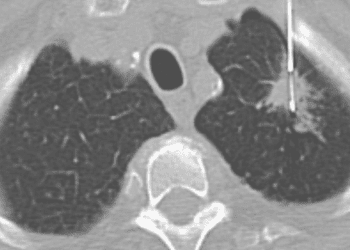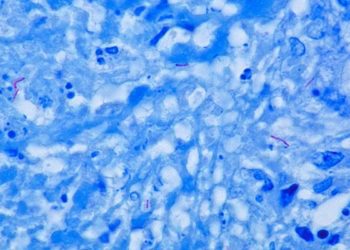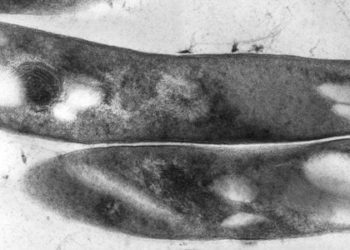Rifampin viable as an alternative to isoniazid treatment for latent tuberculosis
1. When compared to 9 months of isoniazid, 4 months of rifampin was a non-inferior alternative treatment of latent tuberculosis (TB) that was both cheaper and lead to lower healthcare usage amongst adult and pediatric patients in high-, middle-, and low-resource health systems in 9 nations.
2. Choosing rifampin represented a cost savings of 38% to the health system
Evidence Rating: 1 (Excellent)
Study Rundown: Isoniazid, an inhibitor of mycobacteria cell wall synthesis, is the standard of treatment of latent TB. Rifampin, a more costly medication, is generally reserved for active TB treatment along with ethambutol and pyrazinamide. This study demonstrated that while rifampin is more expensive, its shorter treatment length and fewer adverse events resulted in a lower total cost across study sites. Ultimately this represented a cost savings to the health system of roughly one-third of the cost of isoniazid. The study’s applicability was strengthened by its multi-centered approach that included representative countries across GDP. The failure to include individual cost burden limited the study’s ability to fully account for possible barriers to treatment.
Click to read the study in Annals of Internal Medicine
Relevant Reading: Four Months of Rifampin or Nine Months of Isoniazid for Latent Tuberculosis in Adults
In-Depth [randomized controlled trial]: This multicenter, prospective, open-label randomized controlled trial examined the cost of treatment for latent TB with isoniazid and rifampin across 9 diverse study countries (Australia, Benin, Brazil, Canada, Ghana, Guinea, and Indonesia). Participant eligibility was determined by documented skin test or QuantiFERON test, clinical risk factors, and clinician treatment recommendation. Baseline characteristics were attained from each participant including blood tests, chest radiography, and clinician medical assessment as were health data from routine follow ups with clinicians (which included attaining a complete blood count and liver function test). Six-thousand twelve adults and 829 children were included in the final modified intent-to-treat analysis with roughly half of the population originating from African countries. Seventy-one percent of adults and 82% of children completed treatment and 229 participants experienced an adverse event. The total cost of 9 of months of isoniazid was higher than 4 months of rifampin across all 9 study sites. Total cost was also higher in high-income countries when compared to middle-income or African countries. Cost components were heterogeneously distributed amongst the 3 income groups: routine follow-up visits made up 30 – 50% of total cost in high- and middle-income countries compared to roughly 15% of the cost in African countries. After multivariate analysis, the total average cost of rifampin was $340 (CI 95% $330 to $350) which represented a 38% savings for the health systems.
Image: PD
©2020 2 Minute Medicine, Inc. All rights reserved. No works may be reproduced without expressed written consent from 2 Minute Medicine, Inc. Inquire about licensing here. No article should be construed as medical advice and is not intended as such by the authors or by 2 Minute Medicine, Inc.







